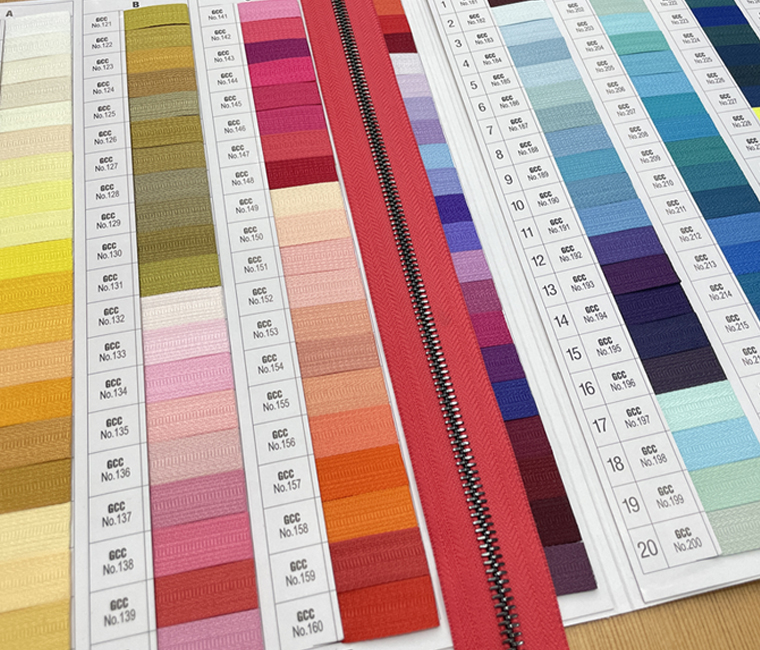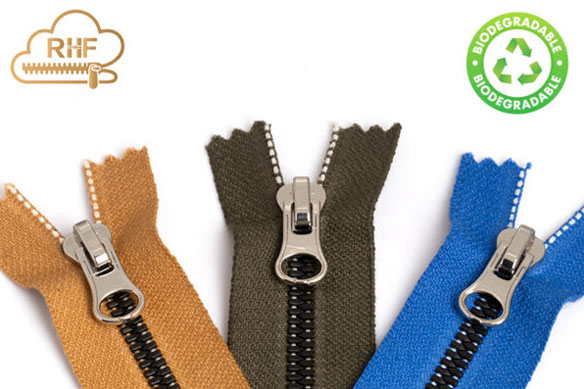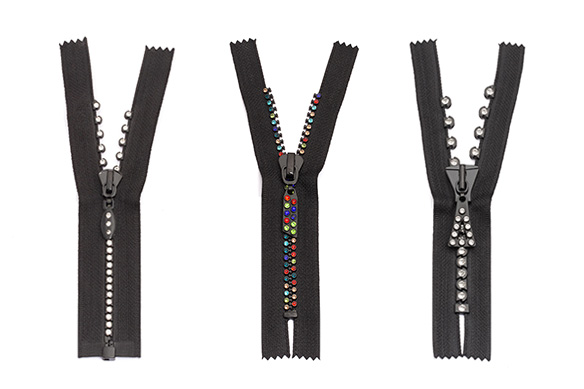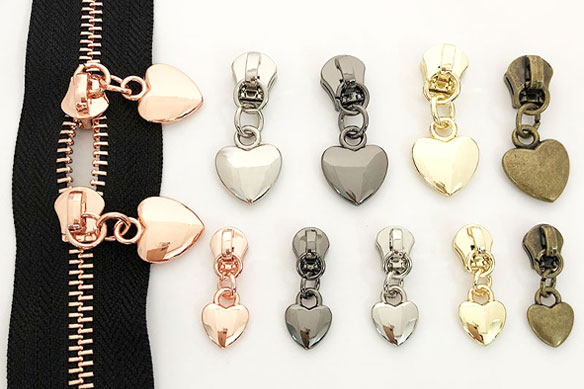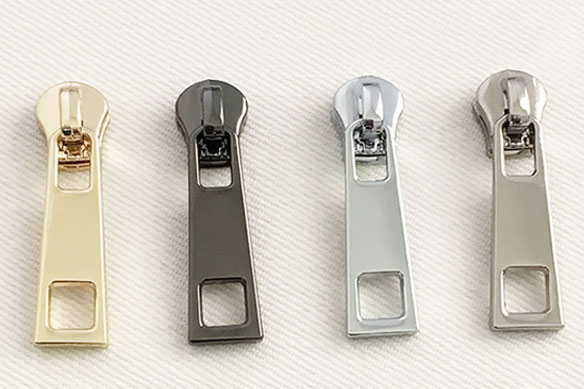1. Introduction
The color of a zipper tape is a critical aspect of product design. An accurately matched color not only enhances the product’s visual appeal but also ensures consistency with brand identity. Whether you’re designing for the fashion industry, outdoor gear, or industrial applications, confirming zipper tape colors with your supplier is a step you can’t afford to overlook. This guide will help you navigate the process while addressing potential challenges like color variations and dyeing certifications.
2. Common Methods for Confirming Zipper Tape Colors
Accurate color confirmation begins with choosing the right method. Here are three common approaches:
- Using Standard Color Cards:
- Pantone Color Card: A global color standard widely used across industries.
- GCC Color Card: A specialized tool for the textile industry, offering precise fabric-focused options.
- YKK Color Card: Tailored for the zipper industry, ensuring compatibility with YKK products.
- Providing Fabric Samples or Reference Samples:
- Send a fabric swatch or a physical sample of your product to the supplier for precise matching.
- Custom Color Matching:
- If standard color cards do not meet your requirements, suppliers can custom-dye zipper tapes based on unique color samples or specifications.
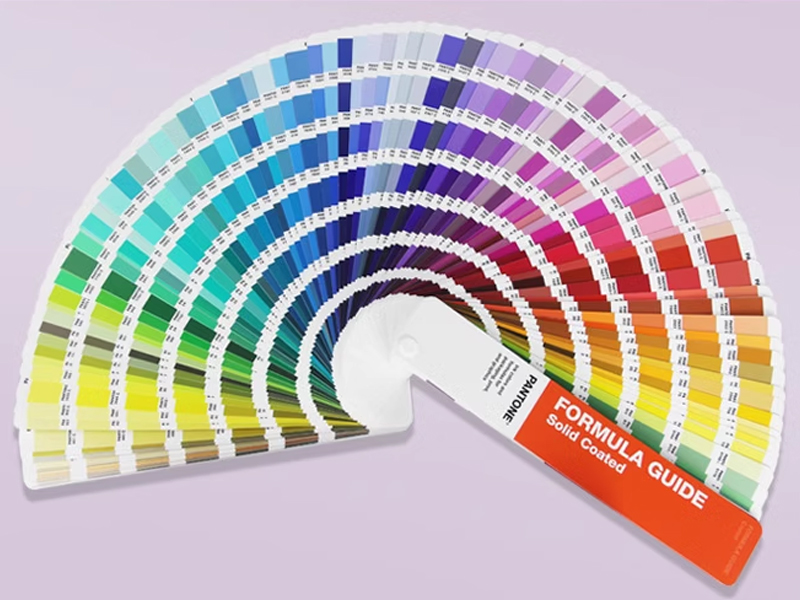
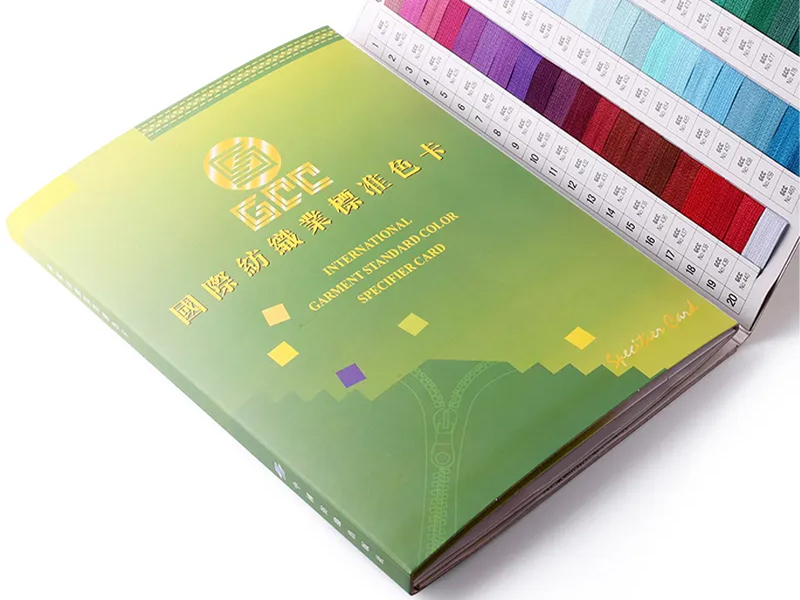
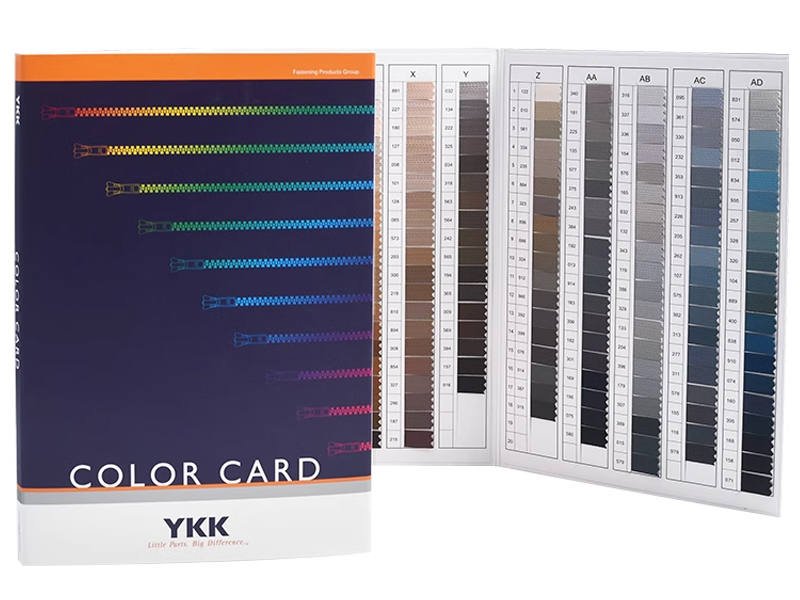
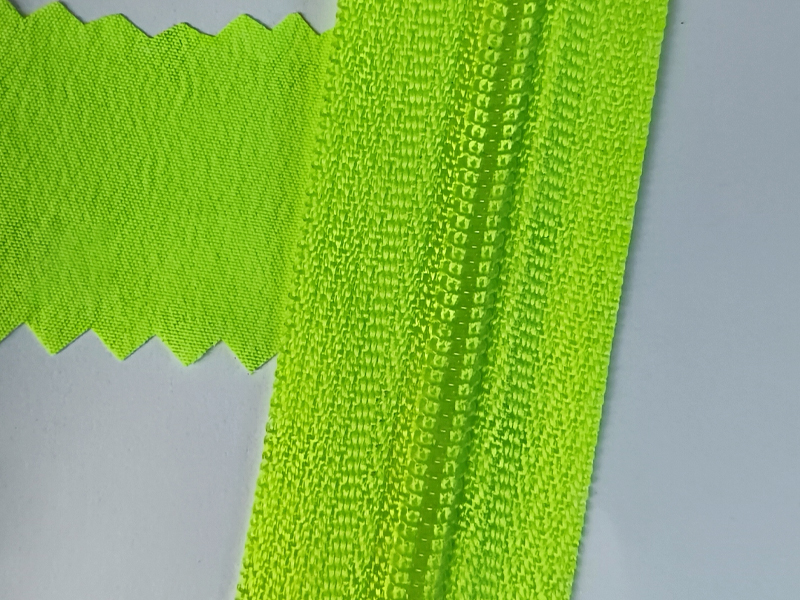
3. Step-by-Step Process for Confirming Zipper Tape Colors
Follow these steps to ensure your zipper tape colors meet expectations:
- Define Your Requirements: Decide if you need contrasting colors, similar tones, or brand-specific shades.
- Choose a Color Reference: Use Pantone, GCC, or YKK color cards, or provide a fabric sample.
- Communicate Clearly with Your Supplier: Share the specific color code or physical sample with your supplier.
- Request a Sample: Ask your supplier to produce a small batch or a prototype for review.
- Test Under Different Lighting Conditions: Inspect the color sample in natural light, artificial light, and using a color-matching lightbox to ensure consistency.
- Set a Production Standard: Confirm the final sample as the production benchmark to prevent inconsistencies in bulk orders.
4. Dyeing Certification and Environmental Standards
Dyeing quality and environmental compliance are essential for zipper tapes, especially for export markets.
- Key Certifications:
- OEKO-TEX® Standard 100: Ensures that the material is free of harmful substances and safe for human use.
- REACH Compliance: Adheres to EU regulations for the safe use of chemicals, protecting both health and the environment.
- ZDHC (Zero Discharge of Hazardous Chemicals): Minimizes harmful chemical usage in dyeing processes.

- Why Are Certifications Important?
- Certified products are safer for consumers and meet the strict import standards of markets like the EU, US, and Japan.
- Certifications demonstrate your commitment to sustainability, enhancing your brand’s reputation.
5. Challenges in Color Matching and Dyeing Processes
Even with the right tools and standards, color matching can pose challenges:
- Batch Variations:
- Colors may slightly differ between production batches.
- Solution: Use a confirmed sample as the baseline and maintain consistent dyeing processes.
- Color Presentation Across Materials:
- Nylon, polyester, and cotton may display the same dye differently.
- Solution: Test each material individually before bulk production.
- Fading and Color Fastness Issues:
- Poor dyeing can lead to fading after washing, UV exposure, or frequent use.
- Solution: Ensure the supplier tests the material for color fastness under ISO 105 standards (light, washing, rubbing).
6. Solutions for Accurate Color Matching
- Use Professional Tools: Lightboxes help ensure precision.
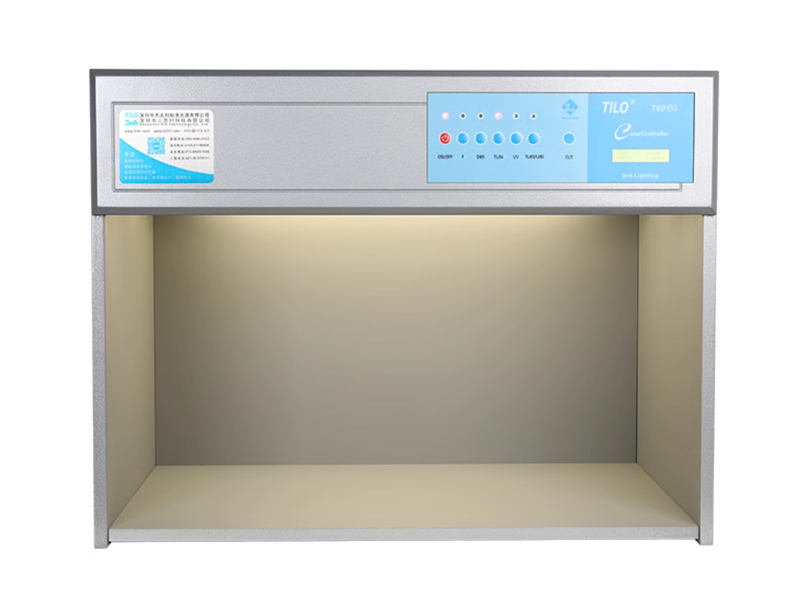
- Collaborate with Experienced Suppliers: Choose suppliers who are familiar with managing dyeing complexities and minimizing variations.
- Request Multiple Samples: Review several options under different lighting conditions to select the most accurate match.
- Document Standards: Include color specifications and sample approvals in production contracts to avoid misunderstandings.
7. Benefits of Accurate Color Confirmation
- Improved Product Quality: Eliminates post-production corrections and enhances customer satisfaction.
- Market Compliance: Ensures the product meets the standards of export markets.
- Enhanced Brand Value: Consistent and accurate colors contribute to a professional, high-quality brand image.
8. Notes on Color Verification
When confirming zipper tape colors, remember the following:
- Physical Samples Are Preferable: While digital screens are convenient, they may display colors inaccurately due to varying resolutions and settings. Always use physical samples or color cards for verification.
- Test in Multiple Lighting Conditions: Natural and artificial lighting can impact perceived colors. Verify colors under different conditions for the best results.
9. Conclusion
Confirming zipper tape colors requires careful planning and collaboration with your supplier. Using color cards like Pantone, GCC, or YKK, providing fabric samples, and verifying with small-scale samples are crucial steps in this process. Additionally, adhering to dyeing certifications and quality standards ensures your products are both visually appealing and environmentally responsible.
By following these guidelines, you can avoid color inconsistencies and deliver high-quality products that meet both market and consumer expectations.
FAQs About Zipper Color Confirmation
1. What if I don’t have a color card?
If you don’t have a color card, you can provide fabric samples or physical color references from your product to the supplier for matching. Alternatively, you can request the supplier’s existing color cards or recommended color options.
2. Can the tape and teeth of a zipper have different colors?
Yes, they can. The tape and teeth can be customized with different colors based on design requirements. For example, a black tape with gold metal teeth or white plastic teeth can create a unique appearance.
3. How do I choose the right color card?
The choice of color card depends on your needs and industry standards:
- Pantone Color Card: Suitable for most industries due to its universal applicability.
- GCC Color Card: Ideal for the textile industry with precise fabric-focused options.
- YKK Color Card: Tailored for the zipper industry and a professional choice for YKK product matching.
4. What if my product requires eco-friendly dyeing? Can the supplier meet this requirement?
Many suppliers can provide eco-friendly dyeing options that meet certifications such as OEKO-TEX® or REACH compliance. Be sure to specify your requirements clearly and request corresponding certification documents.
5. How can the supplier ensure my color requirements are maintained during mass production?
Suppliers can ensure color consistency by:
- Using a confirmed sample as the production benchmark.
- Documenting all color details, including the color card code and dyeing conditions.
- Conducting small-scale tests prior to mass production for validation.
6. Can zipper colors be customized for seasonal trends or brand identity?
Yes, zipper tape colors can be tailored to reflect seasonal trends or align with your brand’s color palette. Many suppliers offer gradient, metallic, or fluorescent options to match specific design themes. For long-term projects, it’s useful to share your brand guidelines with the supplier.

